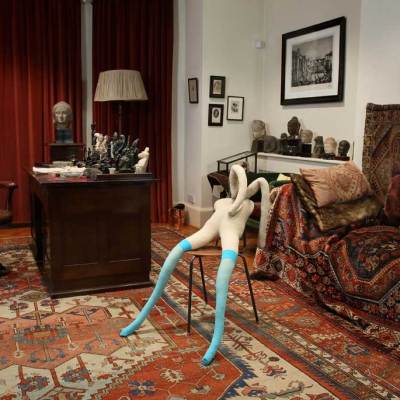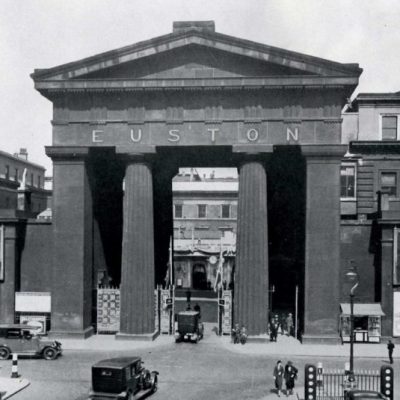In this ongoing series, Apollo previews a range of international exhibitions, asking curators to reveal their personal highlights and curatorial impulses. Francesco Manacorda is artistic director at Tate Liverpool, and co-curator of ‘Art Turning Left: How Values Changed Making’.
Can you tell us a bit about the exhibition?
‘Art Turning Left: How Values Changed Making 1789-2013’ looks at how artists believing in values connected with the political left had an impact on art. Focusing on process, we have gathered over 300 works that artists have produced or distributed to be in line with their political views. Many practitioners have changed their way of making art because of political positions, and this has affected art history. We are drawing a tentative map of those changes.
What makes this a distinctive show?
It looks at how politics changed art history and art making: rather than looking at political art it looks at how art has been made politically in the last two centuries. Because of this focus on process, the show is organised around problems and issues that artists have tried to resolve in different ways. This is to encourage our audience to evaluate the work in relation to a particular set of values that might not be visible on the work’s surface.
How did you come to curate this exhibition?
The project is curated by Lynn Wray, a collaborative PHD candidate at Liverpool John Moores University; Eleanor Clayton, Assistant Curator, and myself. Lynn’s research around the left and its relation to visual art generated the concept that we collaboratively refined as a group. We recognised that art and politics is not a new subject and were interested in relating this to making and process as a way that artists brought about change in their own disciplines.
What is likely to be the highlight of the exhibition?
I think it might be The Death of Marat (1793) by the studio of Jaques-Louis David. It is a very well known image but not many people know that David and his studio produced several copies of the painting so it could travel in different parts of revolutionary France. This is arguably the first time in which an artist deliberately gives up the single autocratic work in order for it to be distributed more widely and reach a larger audience.
And what’s been the most exciting personal discovery for you?
I loved discovering the work of Gerd Arntz, a founding member of the revolutionary group Cologne Progressives, who was interested in creating a universal visual language. He started with stylising figures in his early woodcuts and eventually created with Otto Neurath the Isotype – a system of pictograms that lead to the development of infographics.
What’s the greatest challenge you’ve faced in preparing this exhibition?
Partly the number of objects that we gathered, but also making sure that the interpretative framing was open enough for the audience to make their own judgements. We spent a long time working on the questions that title each room in the show, to ensure that we help our visitors find the problems the artists tackled in their work relevant today, and most importantly to provide more questions than answers.
How are you using the gallery space? What challenges will the hang/installation pose?
We are leaving the architecture as open as possible, using questions as room headings. The main challenge was to integrate documentary and archival material – which tends to be small in size – with larger, more iconic works. We also located in the physical and conceptual centre of the space The Office of Useful Art, a working office that provides a space for debate around the use of art and its relevance. In this context the exhibition functions as a resource of examples and The Office as a place to debate and discuss them.
Which other works would you have liked to have included?
We have a wonderful painting by Maximilien Luce, L’aciérie (1895) that shows how the neo-Impressionists were interested in finding a scientific method to fragment colour that everyone could use. I would have liked to bring Paul Signac’s Au temps d’harmonie (L’âge d’or n’est pas dans le passé, il est dans l’avenir) to Liverpool. The large canvas depicts a utopian vision for the future, but unfortunately it cannot travel for conservation reasons.
‘Art Turning Left; How Values Changed Making’ is at Tate Liverpool from 8 November 2013–2 February 2014.



